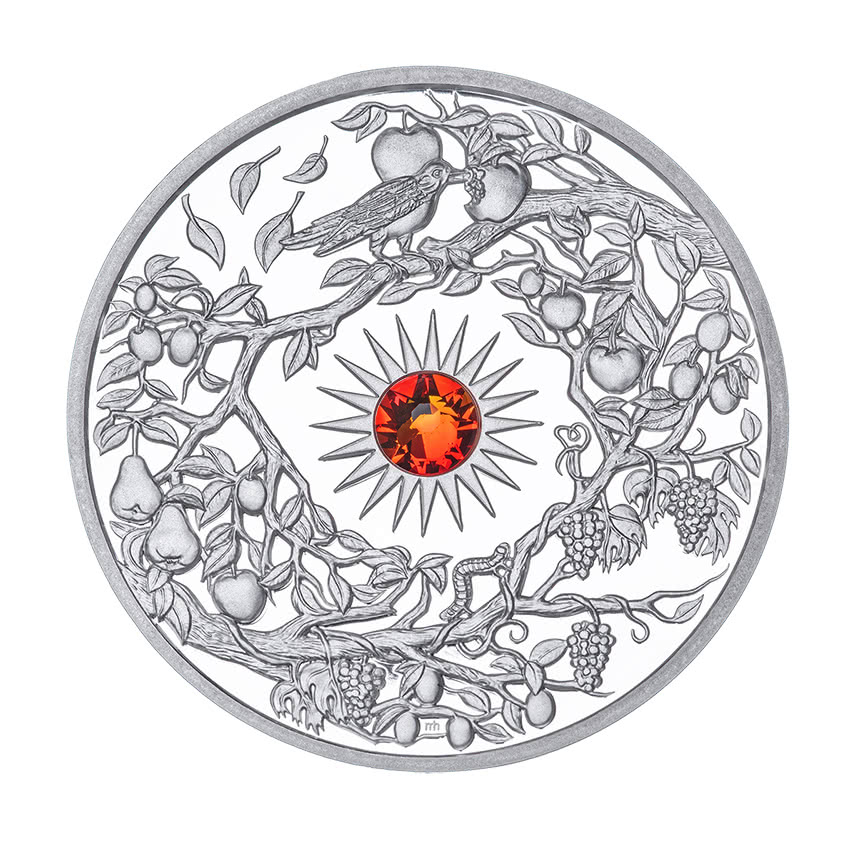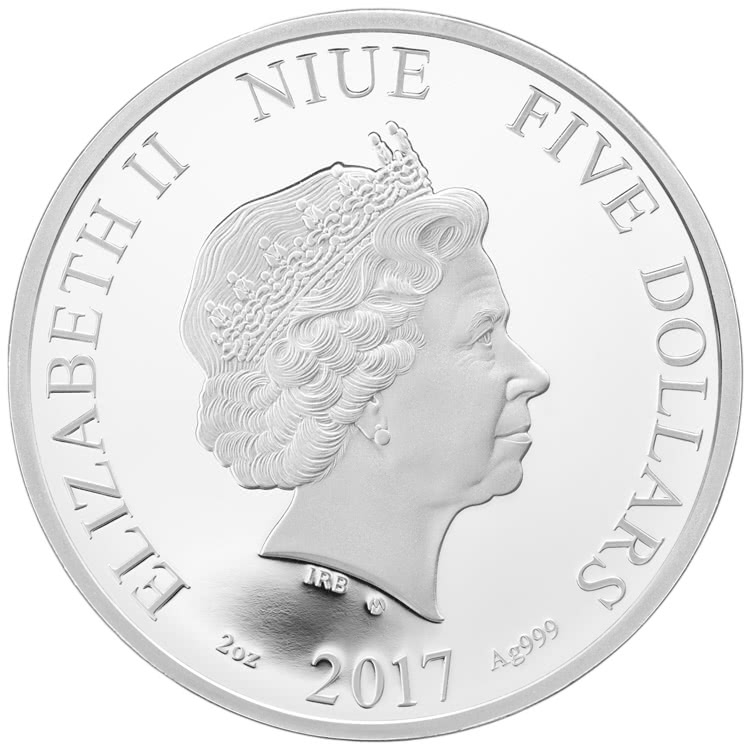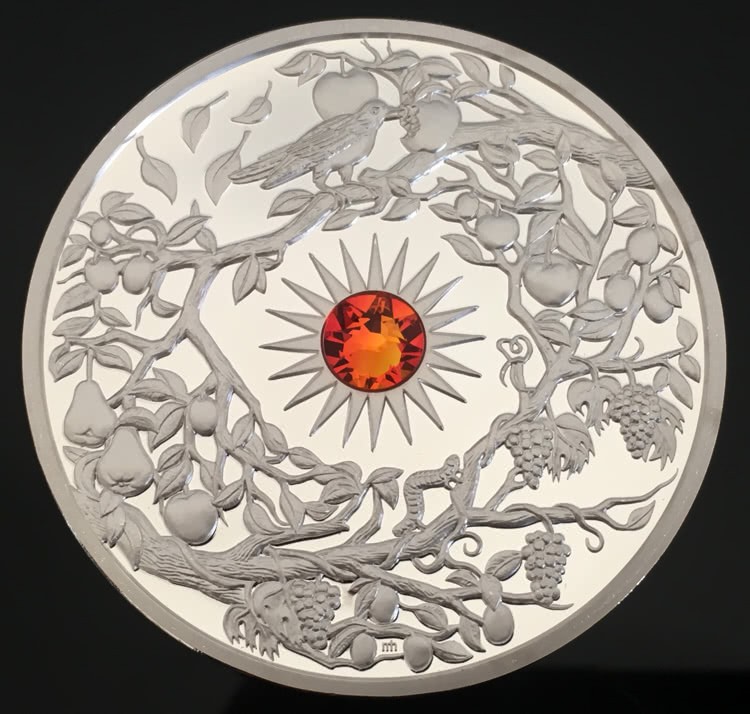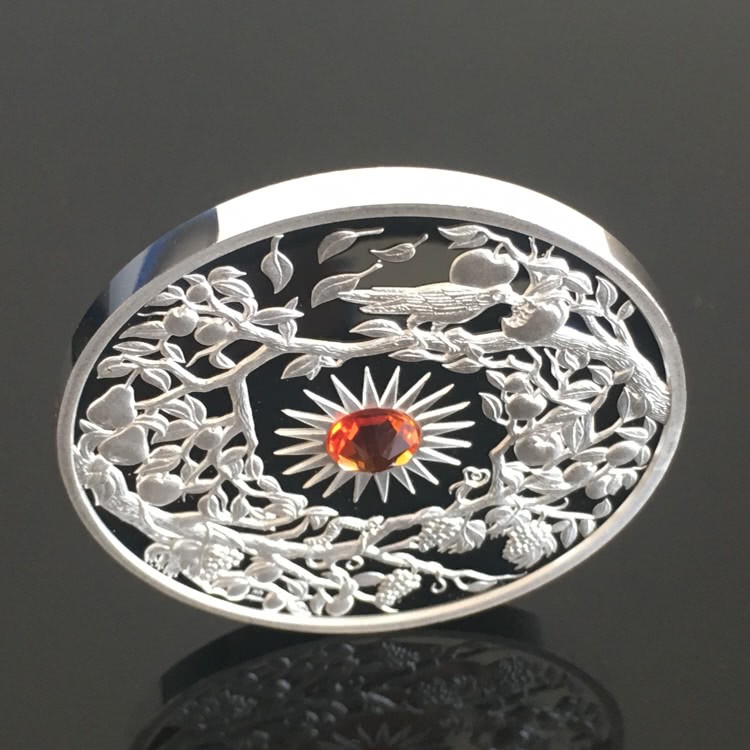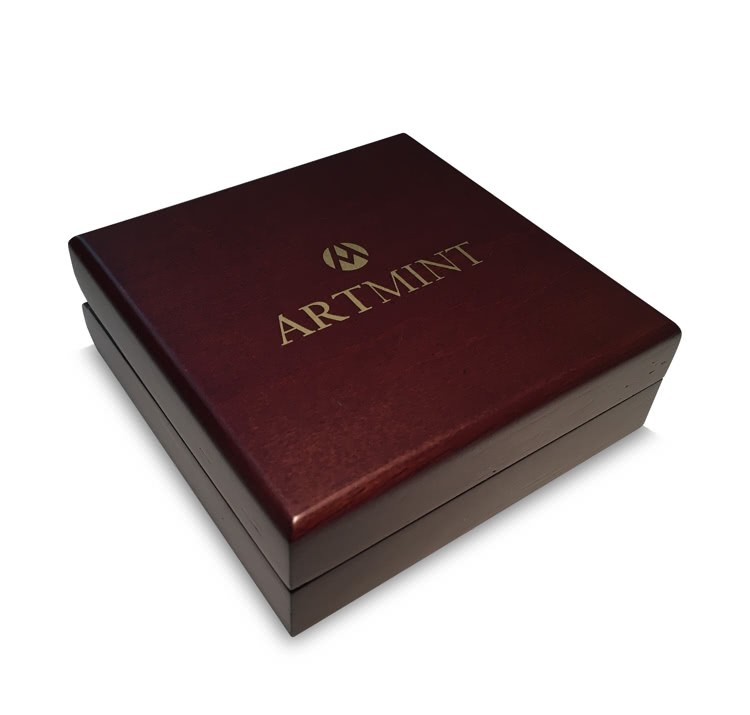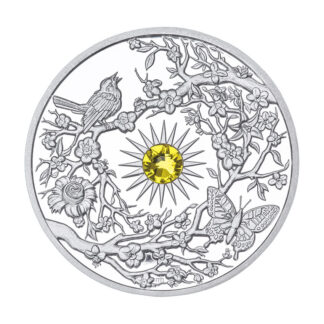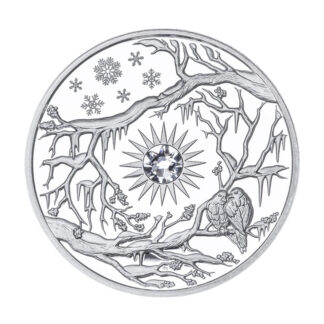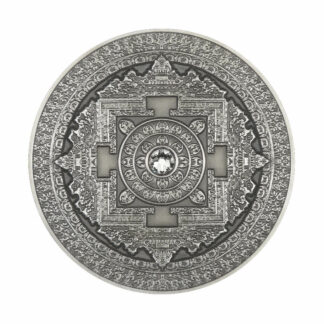Description
AUTUMN
Autumn, also known as fall in American and Canadian English, is one of the four temperate seasons. Autumn marks the transition from summer to winter, in September (Northern Hemisphere) or March (Southern Hemisphere), when the duration of daylight becomes noticeably shorter and the temperature cools down considerably. One of its main features is the shedding of leaves from deciduous trees.
Some cultures regard the autumnal equinox as “mid-autumn”, while others with a longer temperature lag treat it as the start of autumn. Meteorologists (and most of the temperate countries in the southern hemisphere) use a definition based on months, with autumn being September, October, and November in the northern hemisphere, and March, April, and May in the southern hemisphere.
In North America, autumn is usually considered to start with the September equinox (21 to 24 September)and end with the winter solstice (21 or 22 December).Popular culture in North America associates Labor Day, the first Monday in September, as the end of summer and the start of autumn; certain summer traditions, such as wearing white, are discouraged after that date. As daytime and nighttime temperatures decrease, trees shed their leaves. In traditional East Asian solar term, autumn starts on or around 8 August and ends on or about 7 November. In Ireland, the autumn months according to the national meteorological service, Met Éireann, are September, October and November. However, according to the Irish Calendar, which is based on ancient Gaelic traditions, autumn lasts throughout the months of August, September and October, or possibly a few days later, depending on tradition. In Australia and New Zealand, autumn officially begins on 1 March and ends on 31 May.
Association with the transition from warm to cold weather, and its related status as the season of the primary harvest, has dominated its themes and popular images. In Western cultures, personifications of autumn are usually pretty, well-fed females adorned with fruits, vegetables and grains that ripen at this time. Many cultures feature autumnal harvest festivals, often the most important on their calendars. Still extant echoes of these celebrations are found in the autumn Thanksgiving holiday of the United States and Canada, and the Jewish Sukkot holiday with its roots as a full-moon harvest festival of “tabernacles” (living in outdoor huts around the time of harvest). There are also the many North American Indian festivals tied to harvest of ripe foods gathered in the wild, the Chinese Mid-Autumn or Moon festival, and many others. The predominant mood of these autumnal celebrations is a gladness for the fruits of the earth mixed with a certain melancholy linked to the imminent arrival of harsh weather.
This view is presented in English poet John Keats’ poem To Autumn, where he describes the season as a time of bounteous fecundity, a time of ‘mellow fruitfulness’. While most foods are harvested during the autumn, foods particularly associated with the season include pumpkins (which are integral parts of both Thanksgiving and Halloween) and apples, which are used to make the seasonal beverage apple cider.
Autumn, especially in poetry, has often been associated with melancholia. The possibilities of summer are gone, and the chill of winter is on the horizon. Skies turn grey, the amount of usable daylight drops rapidly, and many people turn inward, both physically and mentally. It has been referred to as an unhealthy season. Similar examples may be found in Irish poet William Butler Yeats’ poem The Wild Swans at Coole where the maturing season that the poet observes symbolically represents his own ageing self. Like the natural world that he observes, he too has reached his prime and now must look forward to the inevitability of old age and death. French poet Paul Verlaine’s “Chanson d’automne” (“Autumn Song”) is likewise characterised by strong, painful feelings of sorrow. Keats’ To Autumn, written in September 1819, echoes this sense of melancholic reflection, but also emphasises the lush abundance of the season.

